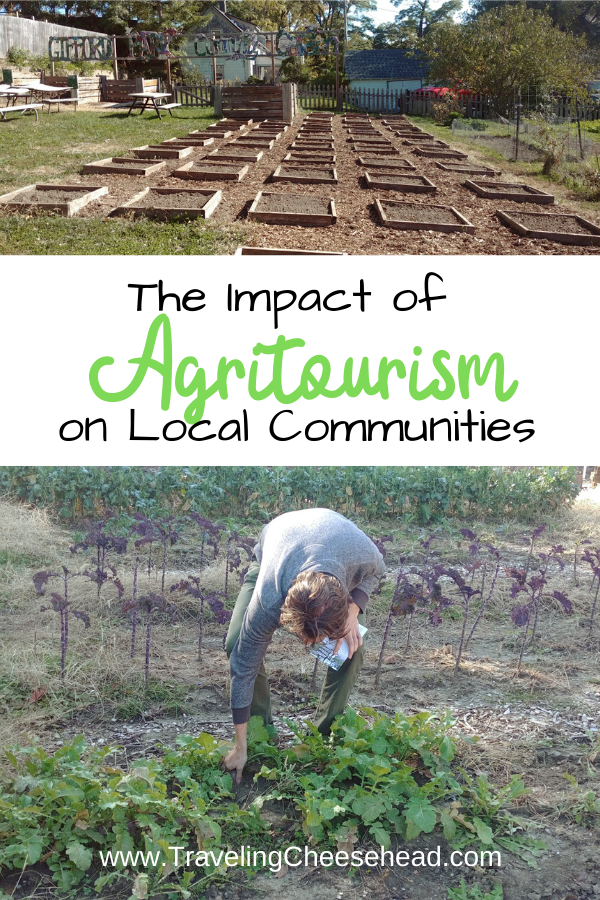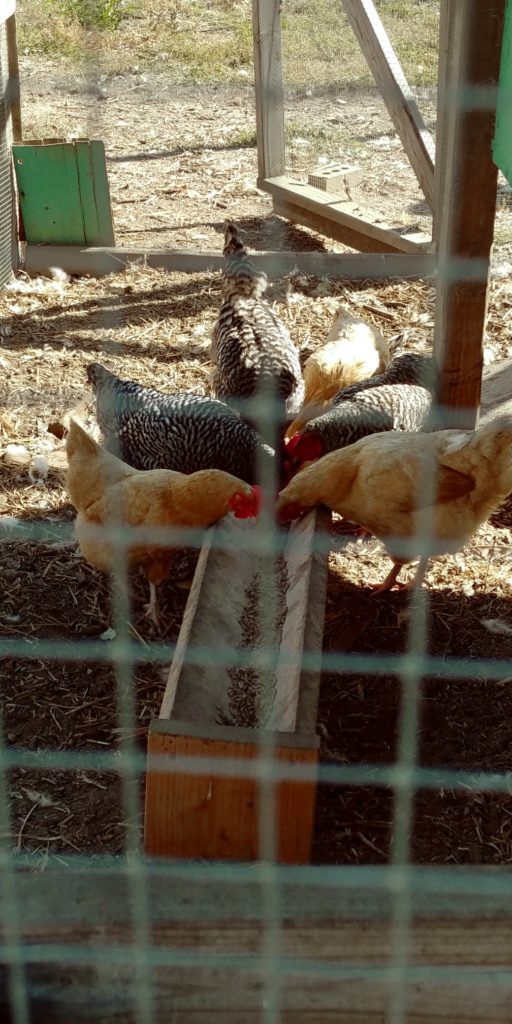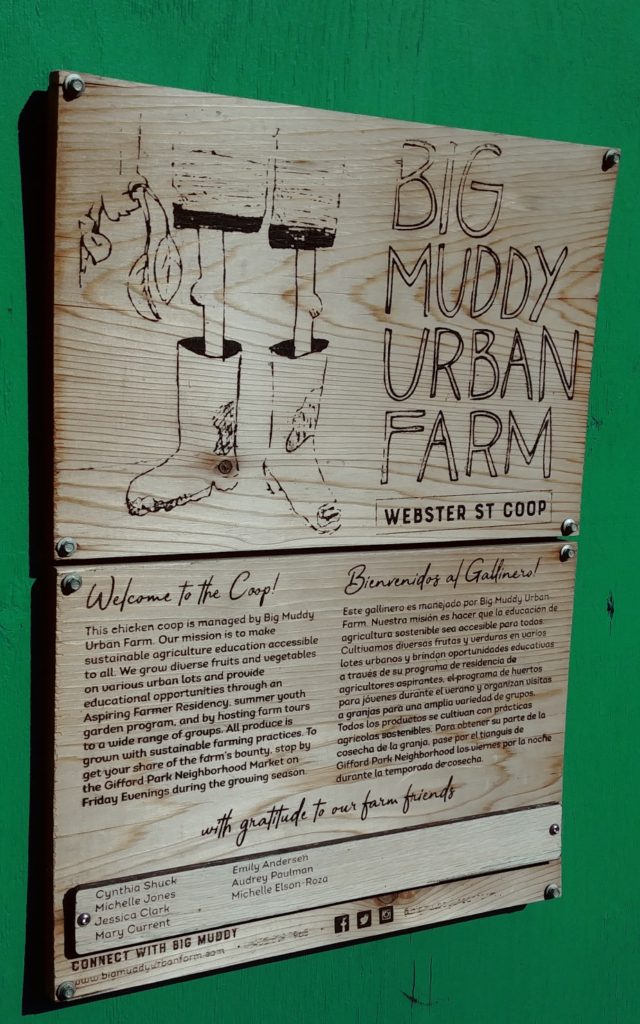
We may earn money or products from the companies mentioned in this post. This helps support what we do and in no way costs you a thing.
I was pleasantly surprised when invited to tour an urban farm on my recent trip to Omaha, Nebraska. While I did due diligence as a writer and researched Big Muddy Urban Farms in advance of my trip, I simply didn’t “get it.” I understood Agritourism and how farmers have had to reinvent themselves to compete with the larger, corporate farms of our nation, but I envisioned a large plot in a slightly rural community, instead of the reality of what urban farming really means.

In general, when we hear the term agriculture, it is most times associated with the countryside setting of a particular country or region. In reality, it plays one of the most integral roles in a country’s sustenance and the overall lives of everyone. Agriculture covers a wide scope and has a lot to present to those who desire to get their hands in the soil or to just learn about it. For centuries, the industry has seen both positive and negative impacts, but has strived to be the powerhouse it is today.
What is Agritourism?
One area of the sector, Agritourism, is something that you probably have already supported, even if you hadn’t realized it. Have you ever been to a corn maze, picked your own strawberries, or visited an apple orchard? You have supported your local farmer. But what is Agritourism? Agritourism or agrotourism, as some people term it, is the inclusion of agriculture-based activities that indulge in attracting visitors to a farm or a ranch. Depending on where you are or where you go, the term may be used differently, but all in all, it still links to the agriculture sector.

For instance, the term agritourism in Italy means “farm stay,” which allows visitors to stay on the farm or ranch in a guest house-style setting. While in other parts of the world, it takes on additional meaning to involve farmers’ markets, farm-to-table, slopping hogs, feeding the animals, or anything else that excites visitors on a farm.
Since the inception of bringing agriculture and tourism closer together, it has had tremendous advantages for both sectors, which have recorded growth over time. People are now becoming mindful of what they eat and are focusing more on how their food is grown and produced. They tend to have this striking interest in connecting and speaking directly with farmers in learning the process, and fully understanding everything about what they consume.
Over the years, most countries that have been involved in Agritourism have noted the steady growth and pressure from stakeholders to develop the drive.

Advantages of Agritourism
Like any industry, Agritourism has its pros and cons. There are countless benefits to including it in your business venture, especially if your sustenance comes from either of the two major sectors involved: tourism and agriculture.
This concept of learning is one of the central tenets of Big Muddy Urban Farm. They take five residential apprentices over the year and walk them through all the aspects of sustainable farming. They refer to it as the Aspiring Farmer Residency, which is their year-long, hands-on, service-learning urban farm residency project. They gain experience in urban farming, community building, and business training.
To quote their website: Through this hands-on, decision-making experience, you’ll uncover everything from sales and marketing, to livestock care and growing techniques, to public speaking and event planning.

This skill acquisition program is a transforming experience for these residents. They are vetted by three basic tenets:
- How will they get along with others?
- Do they have leadership skills?
- Do they have any sense of community orientation?
The young farmers who have passed through the program go on to run a consulting business for homeowner farmers to create their own urban farms.
These apprentices learn how to maximize the eighteen-week growing season, from spring to fall. The crop rotation between the five plots for soil and pest control is also addressed. Organic processes are practiced, even using the chicken waste as fertilizer, but they just aren’t certified as organic.
For those who are new to this venture or those already involved but desire to learn more, you can benefit from:
Growth Interest
Farmers and ranch owners can use this as a means of bringing awareness to their farms as well as building and developing meaningful traffic to their products. The quality of their labor will be placed under the spotlight to educate others on how they operate and the process by which their food is grown, prepared, and packaged for sale. Consider that an urban farm usually sprouts in a health food desert? It is a transformative process!
Economic Growth
Seeing that Agritourism includes two of the largest sectors in most local economies, this method is a positive boost for growth and stability. All year round, there will be an influx of visitors coming in to learn more about their favorite meals and the process they undergo before they reach them. As these two sectors grow, the area’s economy will develop and place an interest in the locals and what they do best. It seriously helps the area become stronger. Between farm tours and the youth program, the calendar of events covers a lot. Agriculture tourism is a real thing, even on a smaller scale.

In the case of Big Muddy Farm, I loved how they reclaimed the land. If a house burned down, and the decision was to not rebuild? Within two years, it was sporting a variety of crops. Instead of a neighborhood looking run-down, it starts looking fresh and inviting. The sense of community grows as neighbors to farm properties look out for anyone who may prove detrimental to the concept. It is the ultimate neighborhood watch!
It was interesting to watch our host interact with people as we walked around the community to check out the different plots – Brent Lubbert, the executive Director and founder, was chatting with a young man passing on his bake and mentioning the last time they played chess. That is the kind of community this urban farm brings and how people end up connected.
There are three major types of Agritourism…and Big Muddy Farm takes all of these into account.

Direct-market Agritourism
This is popular in most regions as it generally takes the form of a farmer’s setting. Consumers can benefit from freshly reaped produce either on roadside stands, in a market-style setting, or directly from the farm. Though most of these items can be found in the local stores you visit daily, getting the chance to have them before they go through processing or preservation is worth much more.
Also falling into this category is CSA (Community Supported Agriculture), where they pre-sell shares in the farm to people who agree to split the benefits of the harvest. Big Muddy Farm does both, as well as supplies local restaurants with fresh ingredients to support the farm-to-table movement. Approximately 75% of their sales are CSA, 15% are Farmer’s Market, and 10% to the restaurants.
Experience and Education Agritourism
As the name suggests, it involves a tour-style setting with educational and informative sessions to learn more about the operation and products found on the farm. It also includes staying areas such as bed & breakfast, farmhouse accommodation, wine tasting seminars, and so much more. This may be considered a full package agritourism deal. Little Swan Lake Winery of Estherville falls into this category easily, but so does Big Muddy Farms. They do a lot to work with kids!

Event and Recreation Agritourism
This form of agritourism generally involves the use of farm areas for various activities such as harvest festivals, country weddings, hay rides, and other marketable events. Thus, while you are creating a memorable experience, you are also indulging in some of the best offerings that nature provides. Big Muddy Farms dabbles in this a bit, but you need to check their calendar of events to see when things like their annual fundraising gala take place. A great example of this is when Miss Sarah and I were visiting McHenry County, Illinois, last fall.
Sounds interesting, like a deal you plan to invest in? Believe when we say it would be worth it! For your next trip across town or across the globe, ensure your itinerary includes an activity that spells agriculture for the perfect combination of Agritourism.
Other posts you may find interesting:


